“Anyone else feel like life is a bit of a let down?” – thru-hikers open up about Post Trail Depression
Thru-hikers share their experiences of returning to real life after the trail, and how to deal with Post Trail Depression
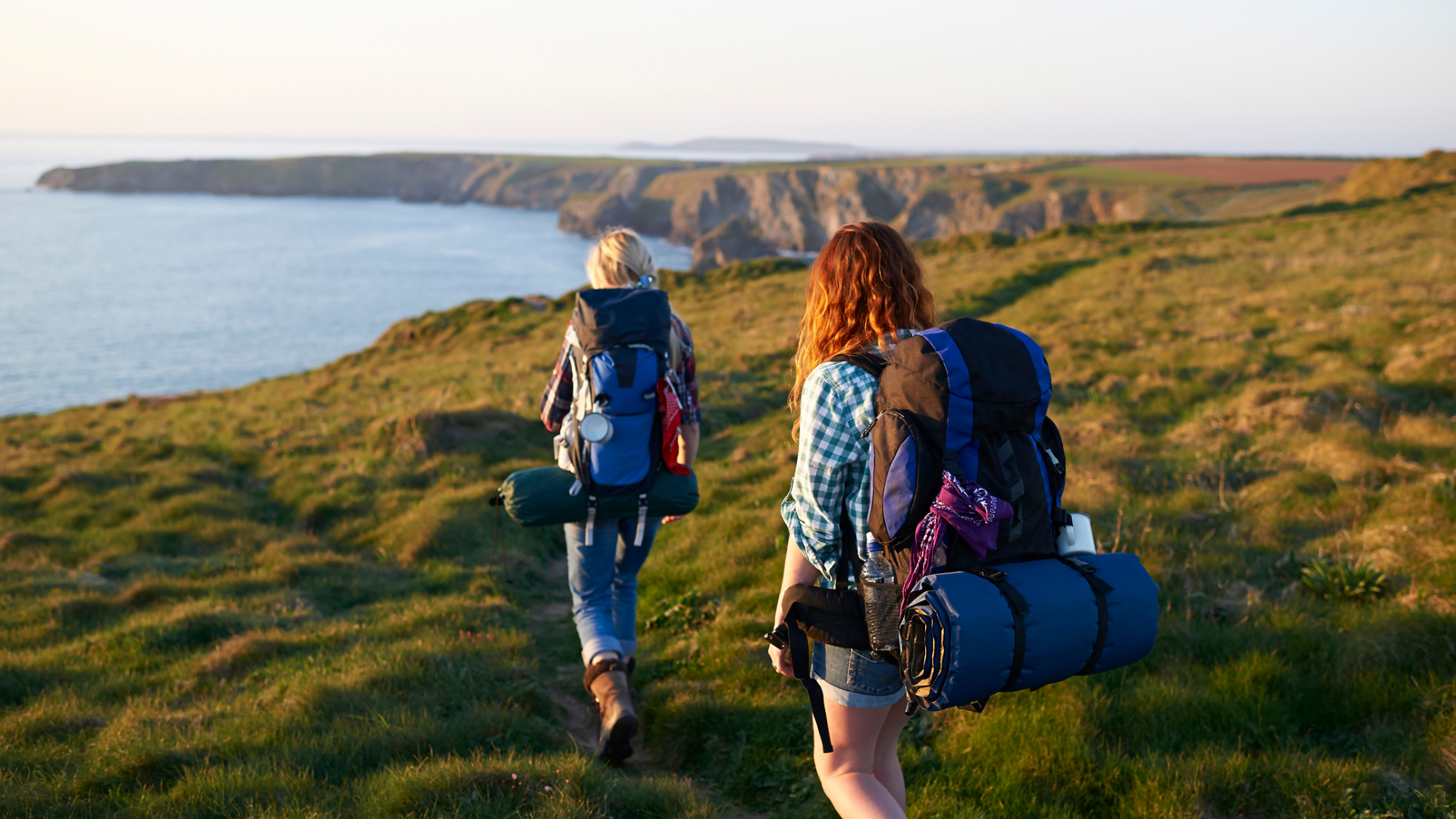
Thru-hiking gets a lot of attention these days and it’s no surprise. Many of us who are trapped in a cubicle from 9 - 5 can’t help but be captivated by the romance of quitting your job and unsubscribing from pretty much all societal norms for six months. No more screens, no more commuting, just you and the trail and nothing but the soles of your hiking boots in between the two.
The lure of a freer existence tempts more than 3,000 people out of their office chairs and onto the Appalachian Trail every year. About a quarter of those hikers make it to the end. And of those people who spend a significant amount of time on the trail, almost everyone finds the return to so-called ‘real life’ challenging.
That’s right, though it seems like anyone who has walked for two thousand miles, eaten the same old backpacking meals day after day and spent almost every night for the past six months sleeping in a tent, a return to hot showers, fresh food and 700 thread count linen would be a dream come true. And while it’s true that there are certain luxuries thru-hikers fantasize about for months – for my ex-boyfriend, a 2001 AT thru hiker, it was chocolate milk – what you’ve sacrificed in leaving the trail often seems to weigh far more than what you gain.
“It was rough,” recalls Niki Lei, of her return to regular life after hiking 900 miles of the AT, something that she clarifies makes her a “LASHer” – or Long Ass Section Hiker – and not a thru-hiker.
“I really struggled specifically with deadlines and expectations. I felt lost, out of place, and like I was letting everyone down. Routines were difficult for me.”

If you’re preparing for a thru-hike, it’s almost certain that you’re currently laser-focused on all the support you’re going to need along the way. Maybe you need your colleagues to help you pull off a sabbatical or your partner to be unfathomably open-minded. Even if you’re single and quitting your job, the chances are high that you’re relying on friends and family for storage, holding mail or somewhere to park your car. Then you need those guardian angels who will take on the role of mailing each of your food and gear parcels to the right location on the right date week after week to make sure you never run out of food or hiking socks.
All these things, however, are mostly logistics. It turns out that the end of the hike is when you might need the most support, and it's more emotional than practical. What Lei describes is most commonly known as Post Trail Depression and it’s so well-recognized in the long distance hiking community that the Appalachian Trail Conservancy has a page on it as a resource for aspiring and current hikers where it describes symptoms ranging from nostalgia to grief and even loss of purpose. There are multiple Reddit threads on the topic, with one conversation started by a thru-hiker who, 10 years after his hike, expressed that life was a bit of a let down after their hike.
All the latest inspiration, tips and guides to help you plan your next Advnture!
“Life hasn't had the brightness or shine since I returned to the real world.”

What causes Post Trail Depression?
You’ve just had the experience of a lifetime. You’ve spent months communing with nature, something that research shows is one of the best things you can do for mental health. You’ve had a long break from the daily grind and you’re obviously in the best shape of your life. So why do you feel worse than ever?
Several thru-hikers I spoke to identified that a main source of their distress was the shift in pace. Trail life isn’t without effort by any means, especially not on those 20 mile days, but it is simple. The only thing you have to do each day is break down your tent, load up your backpack, put one foot in front of the other, and set up camp again. Now that your hike is over, other things and people place demands on your schedule, your time isn’t always your own and it can feel impossible to fit everything in.
Tom Bieber, who completed the AT in 2022 describes the sheer speed at which things move in regular life as “shocking”, and says the level of noise that exists in regular life was a major point of readjustment. He continues to fantasize about the solitude of his time on the trail to this day, nearly six years on.
Life on the trail offers a great deal of solitude that can be a healing salve if your regular life is very social, and yet you strike up incredible friendships and have meaningful moments with strangers almost daily. When you get back to regular life, you might find that you both miss the peace and quiet of trail life and those moments of authentic connection when many of your daily interactions now amount to not much more than trivial small talk.
Then of course, there’s the adjustment from being in a state of near-constant physical activity to sitting at a desk once again. Sure, after a few weeks your sore feet finally go away and that’s a bonus, but daily hiking will make you feel stronger and more confident than ever, and the feeling of that fitness (and your voracious appetite) slowly ebbing away can be difficult to adapt to.
“I was constantly restless from abruptly not being on the move all day every day,” recalls Lei.
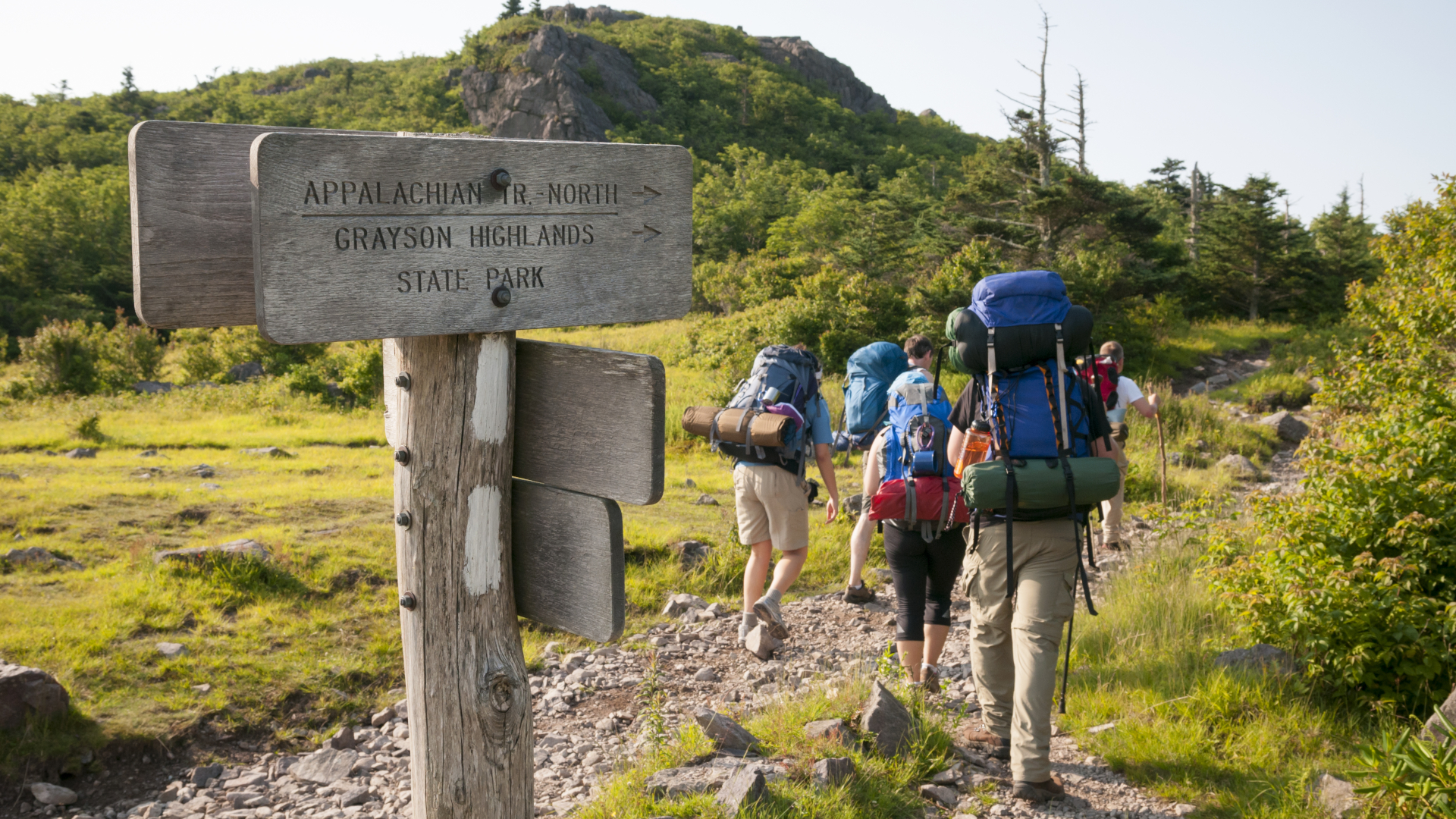
How to deal with Post Trail Depression
PDT might be real, but it’s not a reason not to hit the trail. A long distance hike can be just the disruptor you need to get out of a rut in life, reconnect with nature, meet people and improve your physical health and mental wellbeing. But it’s important to have a plan in place for your return in case you’re one of the many who don’t just bounce back.
Of course, if you don’t feel like you can cope, you should seek out professional help in the form of therapy to gain tools to help you process your experience and reintegrate back into the pace of regular and family life.
However, there may be ways you can help yourself, too. For Lei, developing a journaling practice and writing about her experience on the trail proved to be a life saver.
“I wrote a lot about what you had learned out there and especially, how I could bring that ‘trail self’ back into ‘the real world,’” something she admits was easier said than done.
“I was desperate for it all not to have been just some blip in the grand scheme of my life. I wanted it to matter.”
Making sure your time on the trail becomes an integral part of who you are today and not just someone you used to be is a really helpful way to maintain some continuity in your trail experience, and there are multiple ways to ensure this. Read on for some suggestions from former thru-hikers to help you return to real life after the trail.
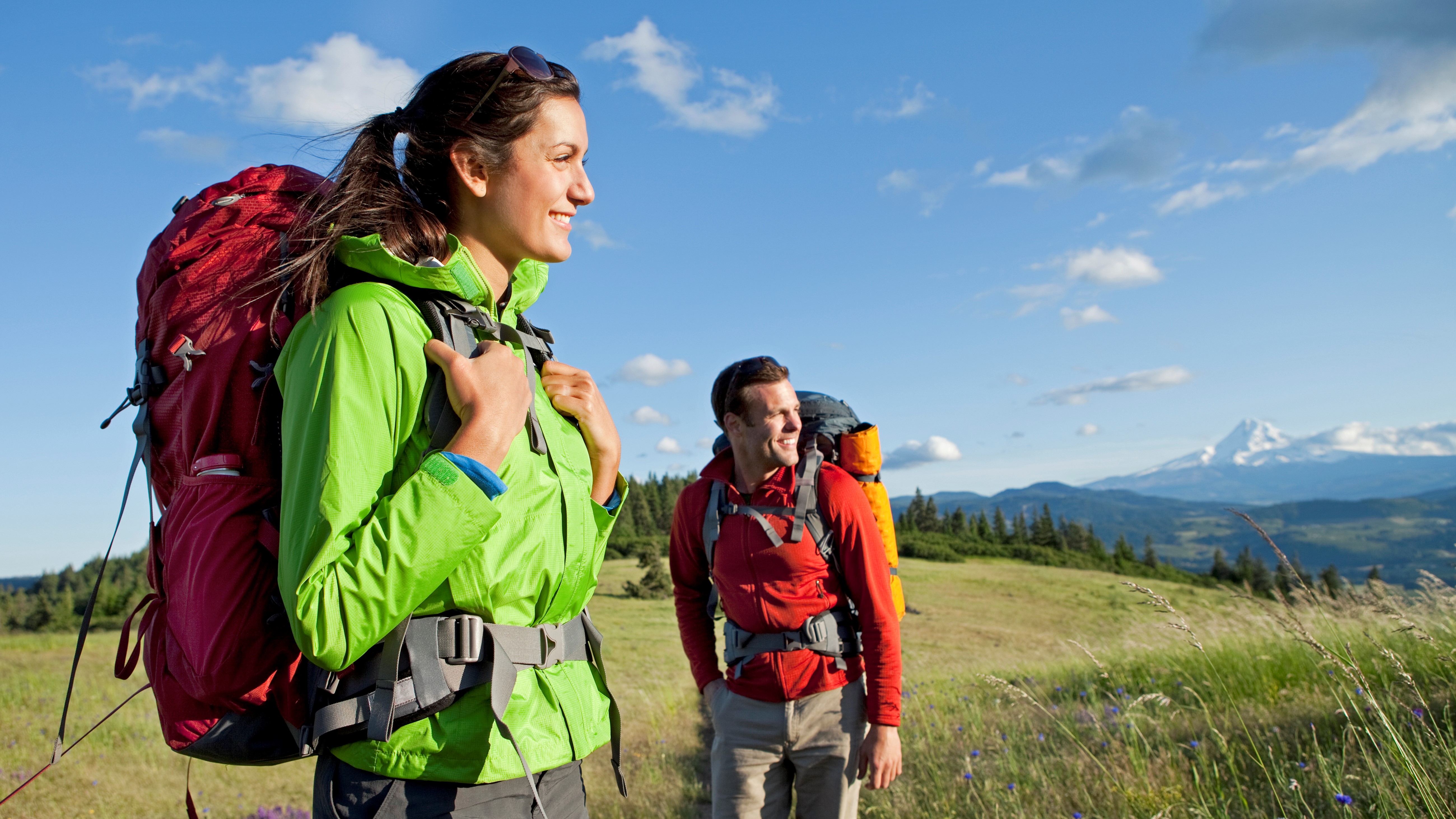
1. Change course
For many hikers, slotting back into life as it was before simply isn’t an option – so they change direction. Amee Van Harrant worked 60 hours a week in pharmaceuticals before she hiked the AT, but upon her return she realized that was no longer viable. She has shifted to doing that part time and remotely while she studies nutrition and functional health.
“I work to live, not live to work. My life is full of time with friends, family, and personal time reading,” she says, explaining that now in her 40s, she’s chosen to live with her parents while she studies, which affords her precious time with her mother who is battling stage 4 cancer.
“The trail reshaped my perspective on what the big picture and priorities are.”
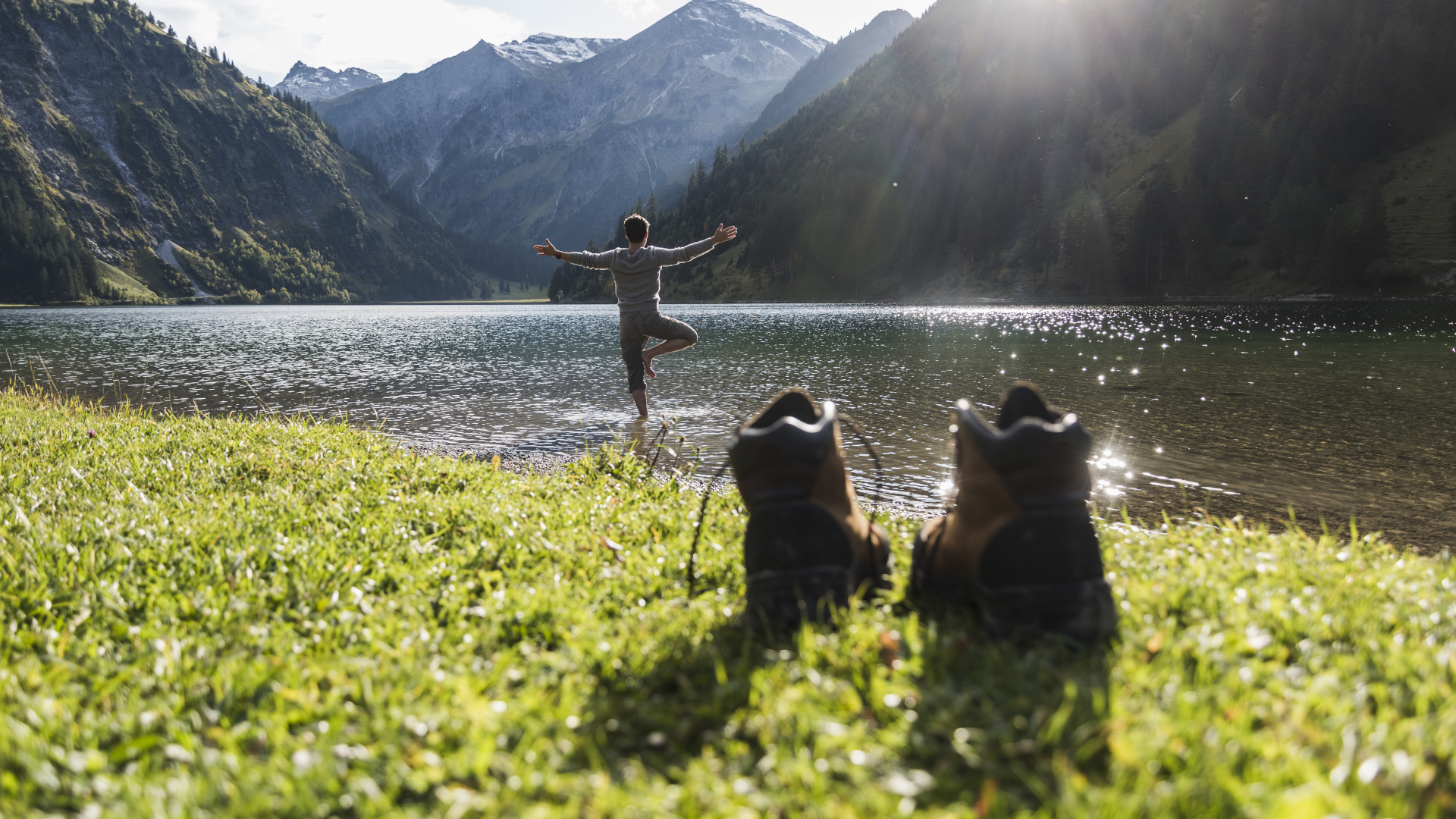
2. Keep on trekking
When I asked thru-hikers what advice they had for others struggling with PTD, the most common suggestion I heard was to grab your trekking poles get back on the trail. Robert McDevitt and his wife Susan completed the AT in 2022, a journey they documented on Youtube in a series called Couple on the Trail. He shares with me that she in particular struggled with reintegration after their hike.
“She went through a depression from withdrawal and the speed of life in general. We both miss the trail life immensely,” he says.
As a result, the pair are planning on hitting the trail again, this time on the 2,650-mile Pacific Crest Trail in a couple of years time. And if you think signing up for another year of calloused feet and being broke is crazy, they’re not alone. Dennis Anderson, another 2022 AT alumni, says he tried going back to a desk job after his thru-hike, but quickly turned his attention to the PCT, which he plans to start this May.
“I think about another big hike all the time, that’s how it impacted me on my return, I needed a break and now I want more.”
Of course, you might not want to embark on another epic hike, but you can always take shorter backpacking trips or return to your favorite sections of the trail you once called home.
3. Focus on the positive
Being told to “cheer up” when you’re down might be the last thing you want to hear, but research such as a 2016 study shows that positive thinking really can help to counter feelings of worry and anxiety. When you get off the trail, there’s a lot to be grateful for, and Bieber told me he had a “renewed appreciation for things like ice, running water and refrigeration” – all things most of us take for granted.
Research from the Heartmath Institute suggests that cultivating a gratitude practice can improve your mood and sense of wellbeing, and even have physical benefits for your heart, brain, nervous system and hormonal function. Try making a short daily list of all things you have now that you didn't have on the trail, from a proper pillow to time with loved ones, and take a moment to appreciate those items.
On a related note, mindfulness-based practices like meditation may be beneficial for you in lowering symptoms of stress.
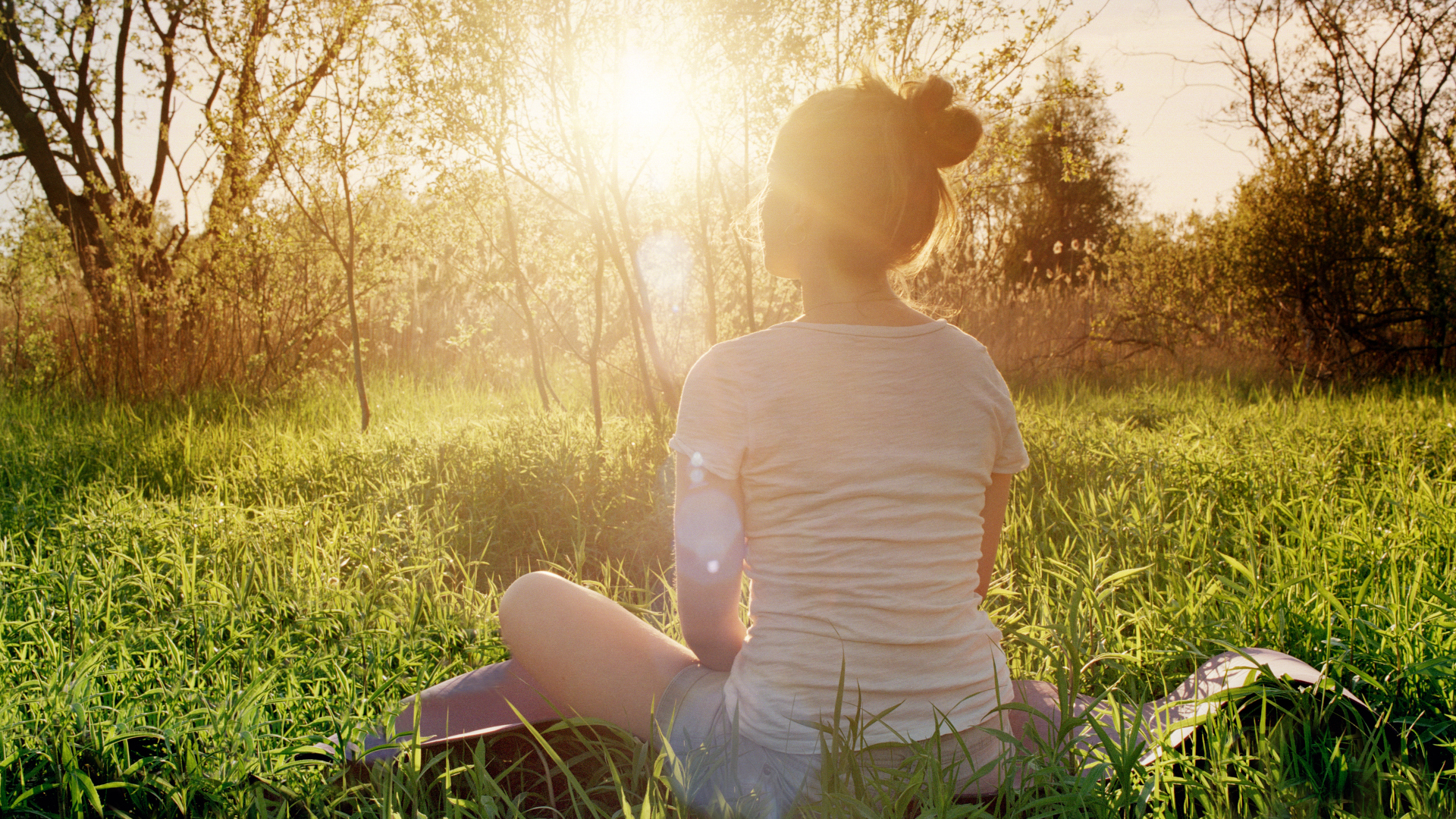
4. Spend time in nature
If you’re back at work and you’re not a park ranger, there’s a good chance you’re not spending nearly as much time outdoors as you did on the trail, and that lack of green exercise might be playing a major role in the quality of your thoughts and mental health. However, don’t fall into the trap of thinking that if you don’t spend 24 hours a day outdoors, it doesn’t count.
In our 2022 article on how much time you should spend in nature for your health, we reveal research that identifies just 200 to 300 minutes per week as the sweet spot for getting the benefits of green spaces. That can be accomplished in a short 30 minute walk or run 6 around the park six days a week, a two-hour walk or hike just twice a week or a weekly four-hour hike. Difficult to fit in around work and family life, sure, but it also doesn’t require quitting your job.
5. Connect with other hikers
If what you’re missing is the great company you kept on the trail, well, turns out there’s an app for that. Many thru-hikers rely on Facebook groups and Reddit threads to stay in touch and share experiences, and Lei says keeping in close touch with her trail family helped her with the initial transition.
“We would text and call each other and complain together about how weird it felt to be back in real life. Staying connected to them also reminded me that there was something bigger than myself, and that I hadn't gone through it alone.”
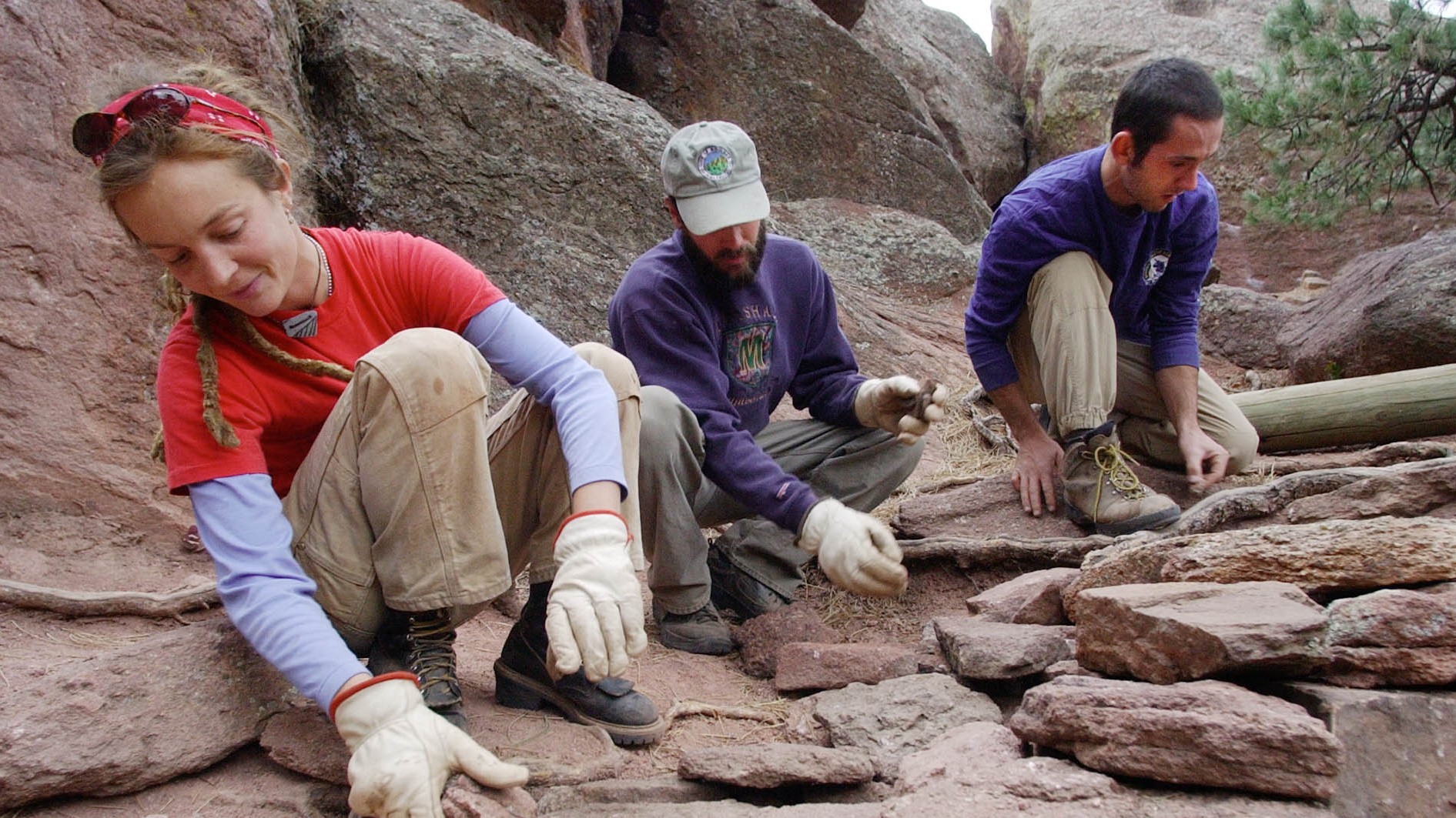
6. Give back to the trail
Finally, while another thru-hike may not be feasible, or even desirable, there are ways you can stay involved with the long distance hiking community in the form of making donations for trail upkeep and volunteering opportunities. Instead of taking a cruise this summer, join a trail crew and help out with trail maintenance for a couple of weeks like Lee Ashley, who’s was inspired by the hard working trail crews he came across while hiking the Colorado Trail in 2004.
“I would come across these trail crews working and I was just so thankful they were out there maintaining the trail, making it really nice."
After completing his hike, Ashley decided to join the crew and now volunteers on the trail every year. You’ll experience all the physical activity and camaraderie your heart desires, and get to chat with passing hikers and share your experiences. You can also be a Trail Angel and perform random acts of kindness for thru-hikers, like delivering pizza, homemade brownies or a cooler full of cold drinks to the trail for tired hikers to enjoy.
Julia Clarke is a staff writer for Advnture.com and the author of the book Restorative Yoga for Beginners. She loves to explore mountains on foot, bike, skis and belay and then recover on the the yoga mat. Julia graduated with a degree in journalism in 2004 and spent eight years working as a radio presenter in Kansas City, Vermont, Boston and New York City before discovering the joys of the Rocky Mountains. She then detoured west to Colorado and enjoyed 11 years teaching yoga in Vail before returning to her hometown of Glasgow, Scotland in 2020 to focus on family and writing.

